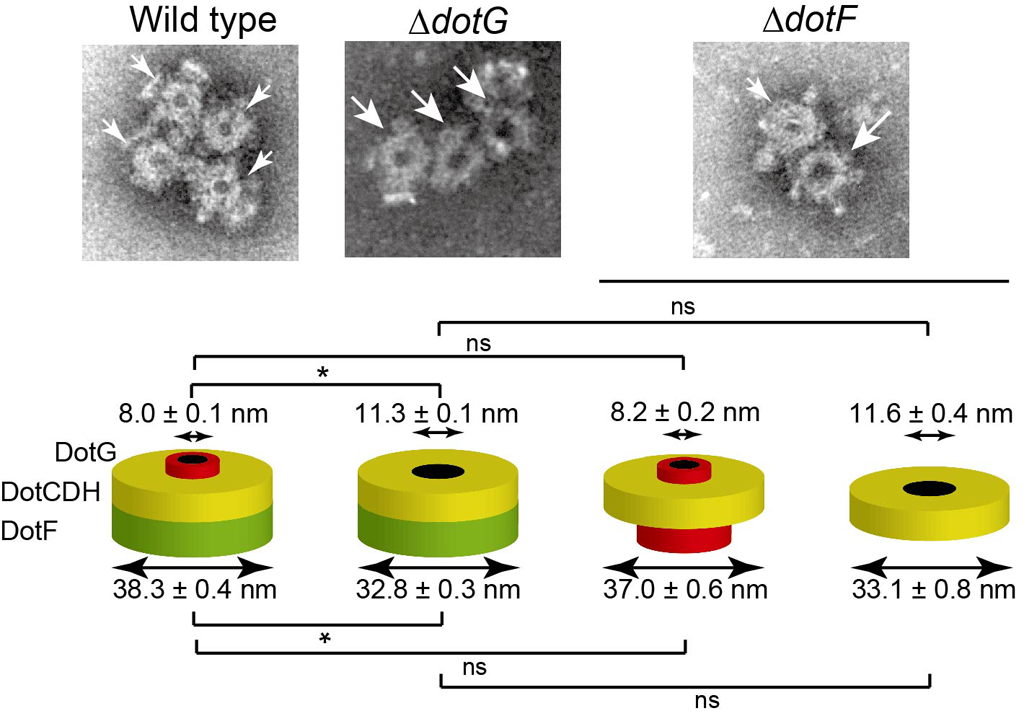Proc. Natl. Acad. Sci. USA. 111:11804-9 2014/08/12
Bacterial pathogens manipulate host cellular processes using their own proteins. These proteins, so-called effectors, are injected into host cells using specialized nanomachines assembled on the bacterial cell surface. One such nanomachine, the type IV secretion system (T4SS), is evolutionarily related to bacterial conjugation systems. We describe the structure of the T4SS core complex required for effector translocation and virulence in the human pathogen Legionella pneumophila. The core complex of this T4SS is larger and more intricate than that of the pKM101 conjugation system. Analysis of premature complexes gives insights into a mechanism for core complex assembly whereby channel components dock in an outer-membrane subcomplex. Our data describing nanomachine assembly will aid towards development of drug therapies for bacterial pathogens.
Links
- Home
- Achievement
- Research Activities
- Proc. Natl. Acad. Sci. USA. 111:11804-9 2014/08/12








